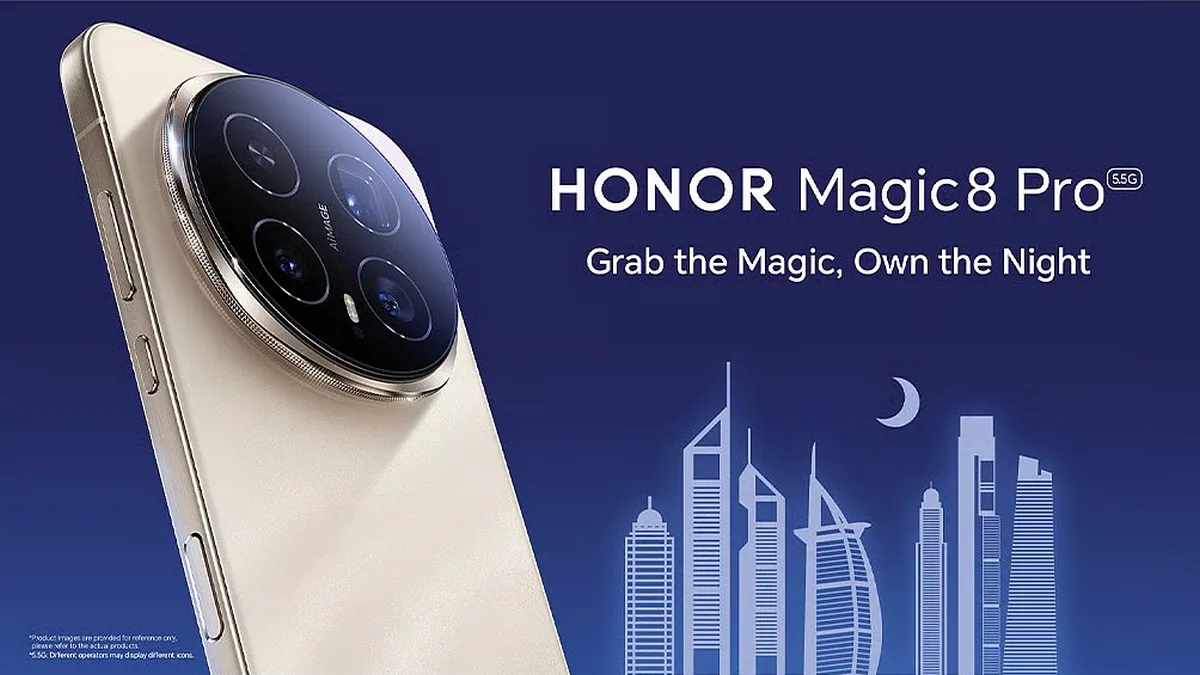Xiaomi May Drop Google’s Dialer in HyperOS 3 Shift Towards Customization
xiaomiFriday, 25 July 2025 at 10:25
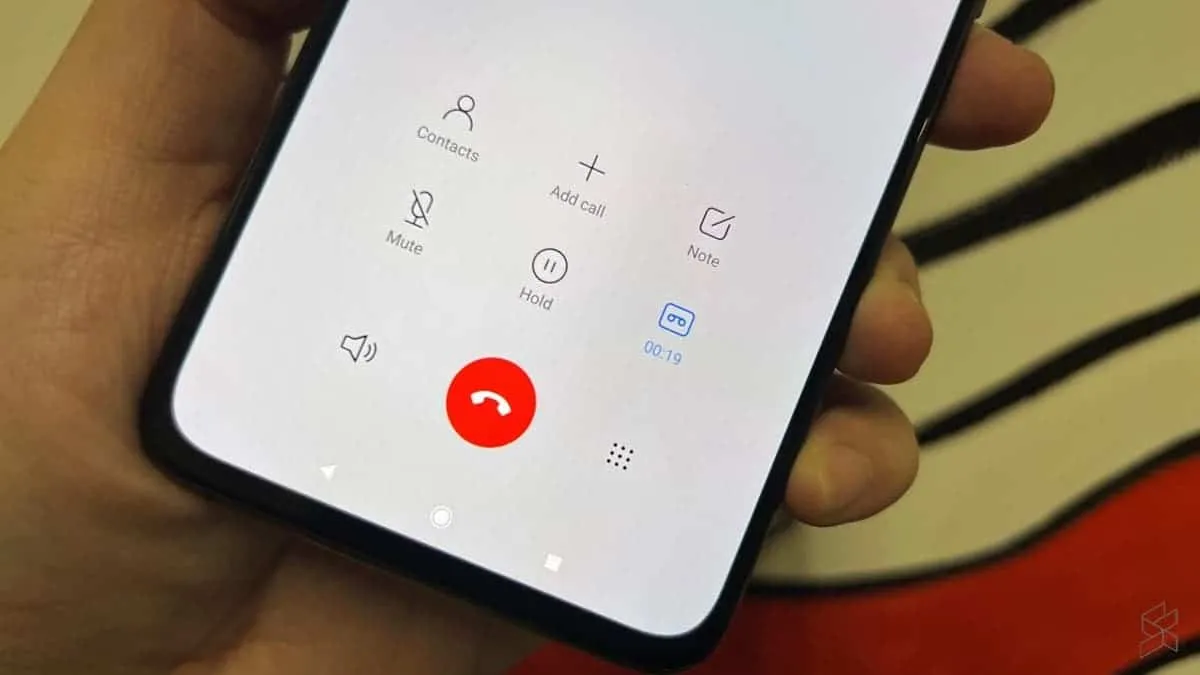
Xiaomi looks ready to break from tradition. According to early leaks tied to HyperOS 3, the company is building its own dialer—replacing Google’s default Phone app in future system builds. The change isn’t exactly shocking. Android OEMs have slowly been drifting away from Google’s core apps for years, and it seems Xiaomi is finally making that turn more permanent. The leaked interface from HyperOS 3 shows off smoother animations and a cleaner, more unified layout—signs that this isn’t a half-baked experiment, but a real push to own the entire calling experience.
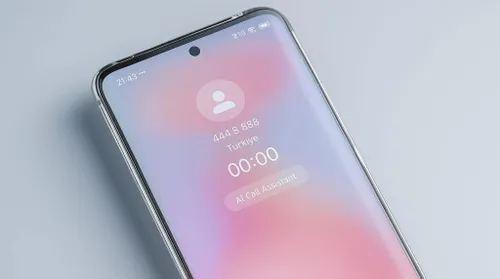
A Broader Industry Shift
If you’ve been following Android trends, this fits the pattern. Samsung was ahead of the curve with its native dialer, offering features like automatic call recording, something Google’s version has historically restricted or avoided. Other OEMs, including Vivo, Oppo, and OnePlus, have also introduced their own dialer apps over the past couple of years—each packed with region-specific features Google wouldn’t touch.
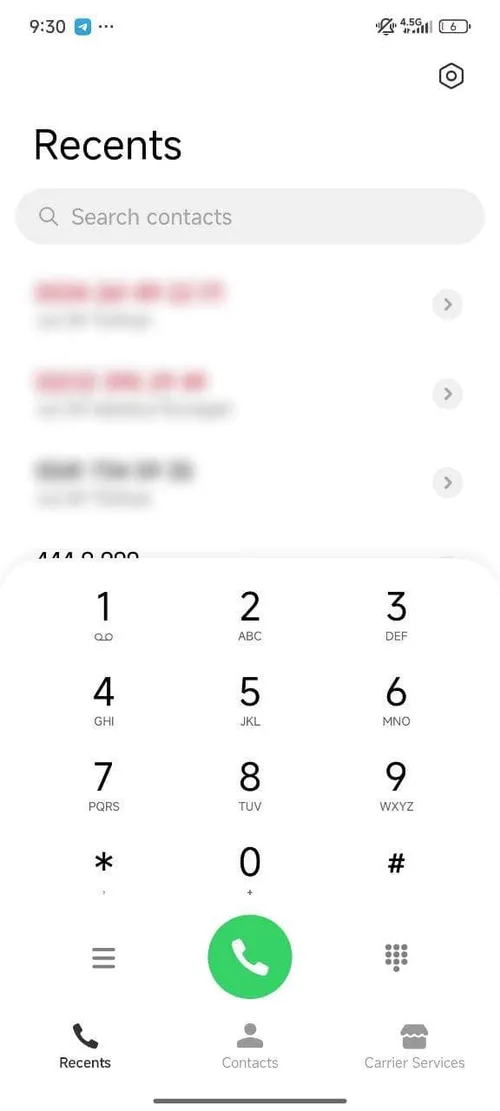
And then there’s the AOSP dilemma. Google has already killed off its open-source dialer and messaging apps, essentially forcing manufacturers and custom ROM developers to create their own solutions. What once came “standard” now needs to be custom-built. For Xiaomi, this is both a challenge and an opportunity.
Inside HyperOS 3
Leaked builds of HyperOS 3, Xiaomi’s custom Android skin based on Android 15 (and possibly Android 16 for newer flagships), suggest a heavy focus on UI polish. Animations look more fluid. Transitions feel tighter. And the system apps—including the new dialer—are visually cohesive. While HyperOS 3 doesn’t seem to overhaul the interface dramatically, it does appear to prioritize consistency and responsiveness, particularly across core functions like calling, messaging, and settings.
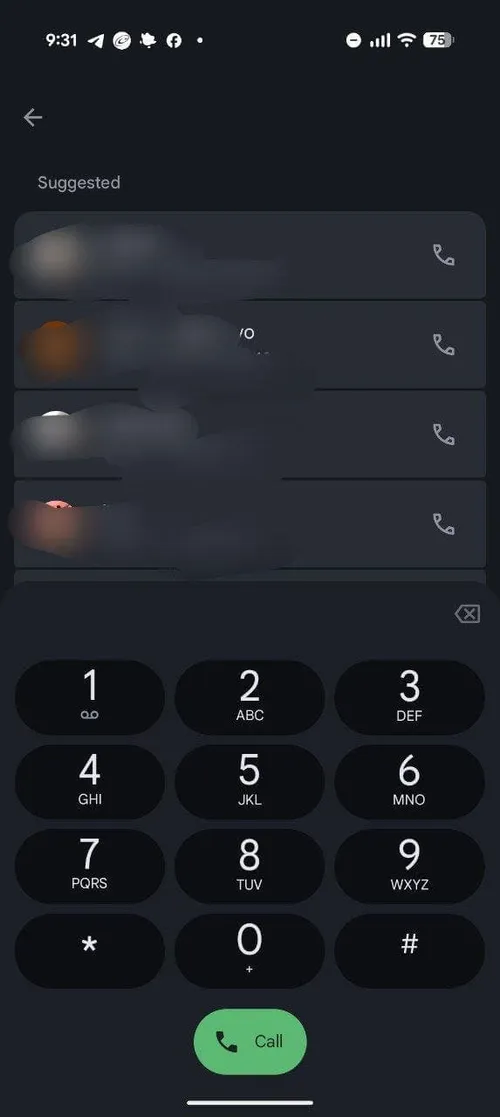
The update is expected to officially land in September 2025, likely starting with Xiaomi’s high-end devices before rolling out to the broader portfolio.
Why Xiaomi Wants Its Own Dialer
This isn’t just about aesthetics. A custom dialer offers business and UX advantages that third-party apps simply can’t deliver. It allows Xiaomi to:
- Integrate deeply with in-house services like Mi Cloud and Xiaomi Contacts.
- Offer exclusive features (smart call recording, contextual caller ID, etc.).
- Enhance data privacy by keeping call metadata local.
- Strengthen the link between Xiaomi’s hardware and software ecosystem.
And let’s not ignore the branding upside: controlling the entire user journey—from the ringtone to the hang-up tone—lets Xiaomi craft a more distinct identity in a sea of Android clones.
Samsung’s success with its own dialer proved there's demand for more tailored, native solutions. Xiaomi is following that path, but potentially taking it a step further—making the dialer a cornerstone of its ecosystem-first strategy.
Loading
